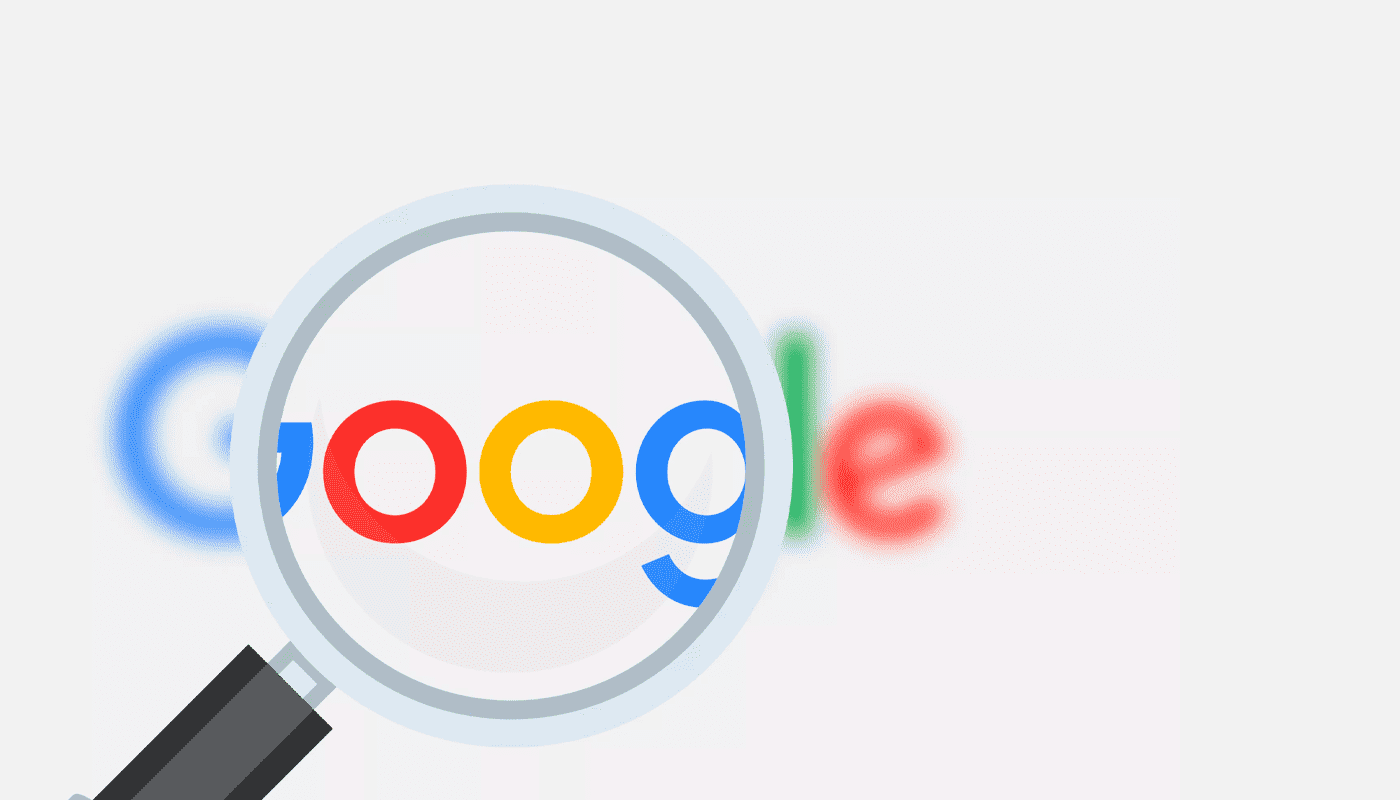Google is rebranding their google webmaster guidelines as Google Search Essentials, and now it’s much easier.
Google decided to get rid of the term “Webmaster” from their products few years back, with renaming Google Webmaster Central to Google Search Central.
“Webmaster” is a out dated term, and it does not include all content creators who want to see their content rank in search results. Google says.
The latest rebranded Google Search Essentials has only 3 main categories. Those are:
1. Technical Requirements
2. Key best practices
3. Spam Policies
Let’s take a look at the categories in details.
If you are someone who’s familiar with the google Webmaster Guidelines, Keep in mind that Google Search Essentials has the same information in a different more simplified version.
Technical Requirements
There are few technical things you need to do to a web page to get it into Google Search.
According to Google, the majority of websites successfully meet the technical standards without even attempting.
The following are the technical requirements:
- Googlebot isn’t blocked
- The page works (it’s not an error page)
- The page has indexable content
To put it another way, make sure Google can access your content and publish it in a format that it can index.
On the other hand, ranking a website requires more effort. Let’s move on to the new section that discusses the essential best practices.
Key best practices
In order to create content that is simpler for users to find in search results, it is important to take into account the major best practices in Google’s Search Essentials.
Key recommendations from Google include:
- Create helpful content.
- Use search-engine-friendly keywords and include them in prominent places like titles, headings, and alt text.
- Make links crawlable.
- Get people to visit your website. ( Social Media / Word of mouth )
- Follow specific best practices for images, video, structured data, and JavaScript.
- Use rich snippets to improve how your website looks in search results.
- Block Google’s crawlers from accessing any content you don’t want to be found in Google Search.
Spam Policies
The section on spam policies includes actions and strategies that may result in a page or website being de-indexed from Google Search or receiving a lower ranking.
Here are the policies.
- Cloaking
- Doorways
- Hacked content
- Hidden text and links
- Keyword stuffing
- Link spam
- Machine-generated traffic
- Malware and malicious behaviors
- Misleading functionality
- Scraped content
- Sneaky redirects
- Spammy automatically-generated content
- Thin affiliate pages
- User-generated spam
- Copyright-removal requests
- Online harassment removals
- Scam and fraud
The majority of the items mentioned above were collected from previous Google Quality Rules and other relevant, current guidelines.
The entire website was rewritten by Google’s Search Quality team, who used precise language and 2022-relevant examples.
Google believes the updated guidance will “help site owners avoid creating content that Search users absolutely hate.”
You can find out what’s new on Google Search Essentials from the Google Search Central change-log here.
Sources : SearchEngineJournal , Google Search Central



